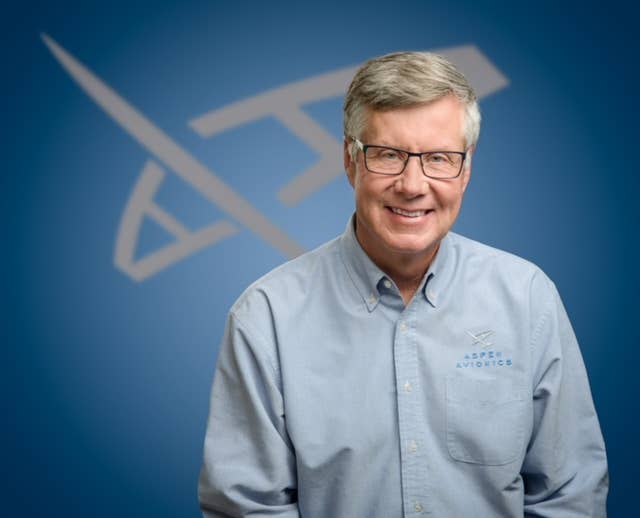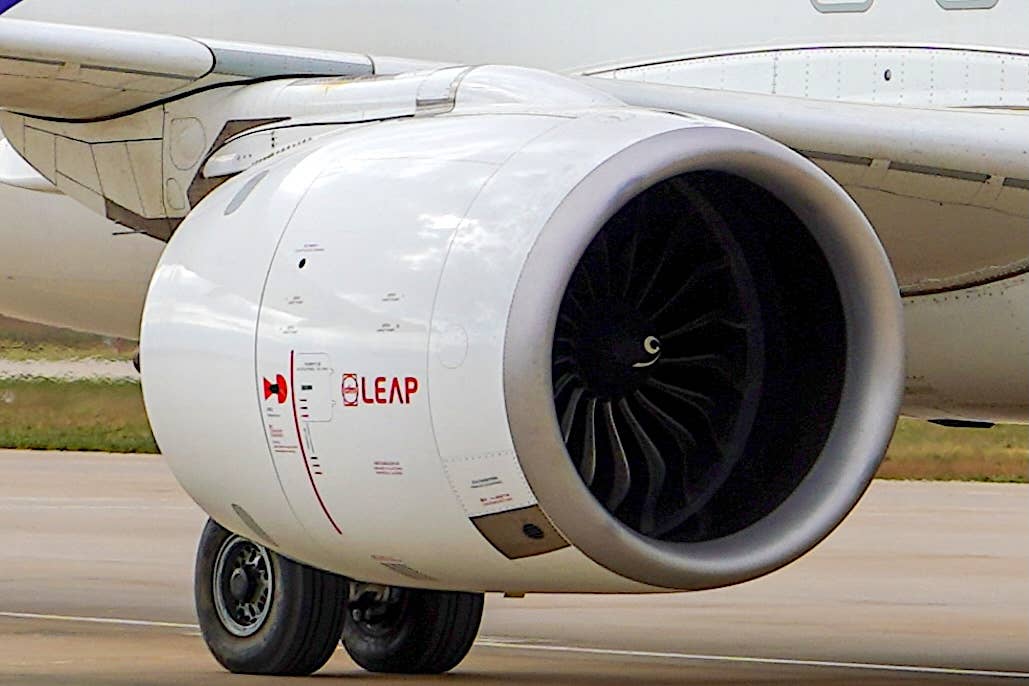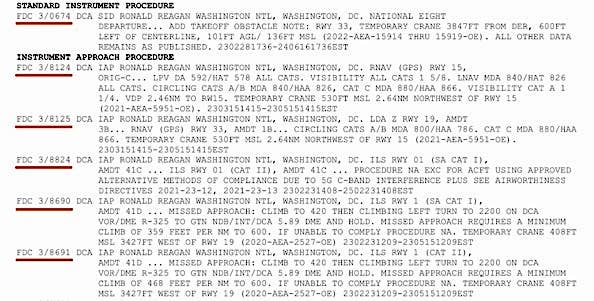Aspen Avionics Announces GFC 600 Compatibility, And Much More
Aspen Avionics President and CEO John Uczekaj cited three pieces of news at the company’s AirVenture press briefing. He also addressed Aspen’s connection with AIRO Group and addressed supply chain…

Aspen Avionics President and CEO John Uczekaj cited three pieces of news at the company’s AirVenture press briefing. He also addressed Aspen’s connection with AIRO Group and addressed supply chain issues and how Aspen is weathering that storm (spoiler alert—he said they’re doing particularly well).
The news: Garmin and Aspen are cooperating on a Supplemental Type Certificate (STC) and Technical Service Order (TSO) to enable Aspen’s displays to interface with Garmin’s GFC 600 digital autopilot. The FAA has relieved still more requirements for backup instruments for Aspen navigators. And Aspen, as always, is offering AirVenture show special pricing.
On the autopilot integration, Uczekaj said Garmin is working on the STC while Aspen is handling the TSO legwork. He pointed out that both Avidyne and Genesis autopilots currently have interface capability with Aspen’s navigators. “With the smaller fonts [associated with newer autopilots’ symbology], brightness levels are that much more important.”
Aspen buyers can now eliminate their standby attitude indicator if they have a one-screen installation. Two screens up the ante, and the old-school vertical speed indicator (VSI), airspeed indicator (ASI), turn & bank, and altimeter can all get the boot, not only increasing reliability and saving on maintenance costs, but also reducing weight and increasing useful load.
And on the money-saving side, Aspen is offering $500 off each new Evolution display unit, including the E5, MAX, Class III and Helicopter systems through Aug. 15, 2022.
Uczekaj discussed Aspen’s relationship with AIRO Group, a six-firm merger chaired by Dr. Chirinjeev Kathuria. He shared the stage with Uczekaj, who serves as AIRO Group’s chief operating officer, during the briefing. The business entity is self-described as “a multi-faceted air mobility, autonomy and aerospace platform with differentiated technologies and capabilities dynamically addressing high growth market trends across the entire Drone Ecosystem with a compelling range of drone technologies and services, avionics and defense training.”
AIRO Group, headquartered in the Washington, D.C., area, consists of four divisions, Kathuria explained: advanced avionics (fronted by Aspen), electronic air mobility, commercial drones and training. He said news on overall financing is expected within a week after AirVenture.
Meanwhile, Uczekaj assured the press that Aspen remains a GA-centric company and that technological advances in AIRO Group’s other business areas represent a two-way street. Technology advances in drone applications and other areas serve as feeder pathways for advancing light aircraft flying, he said, and Aspen being involved gives it an inside track on new opportunities.
Finally, asked about supply chain challenges, Uczekaj said that, while Aspen has had its share, its delivery backlog is “two to three weeks. Talk to our competition [for comparisons].” Supply chain is all about parts availability, he said, separated into two challenges—finding the parts and negotiating costs. He mentioned components that once cost $3 increased to $1,100. “You can fight that in two ways,” he said. “You can buy up supply; or you can change the design to allow for alternative parts.” He also said it’s important to be on the lookout for counterfeit parts from unscrupulous supply houses.
“Understand, this is going to be with us for years to come,” he said. “It’s not short-term. But … we’re getting good at it.”






